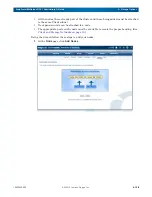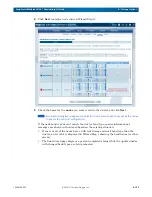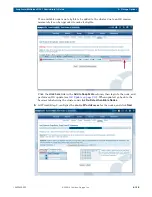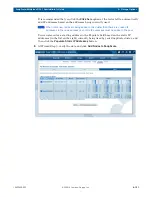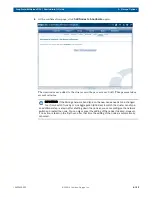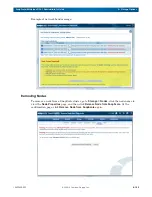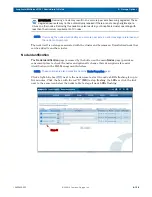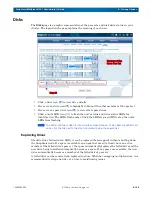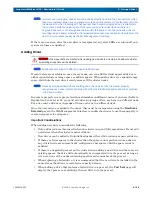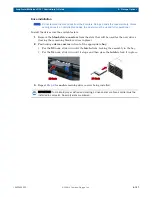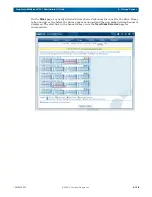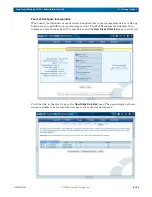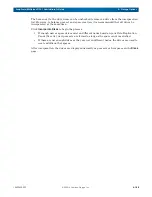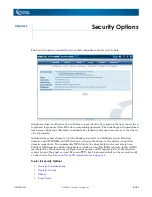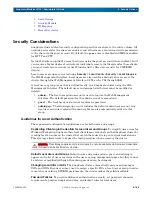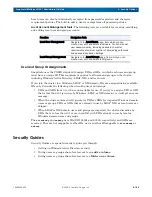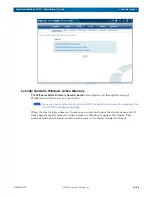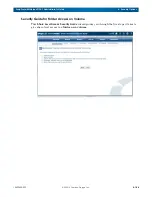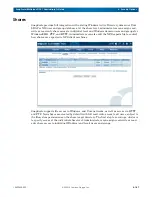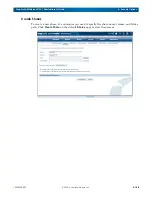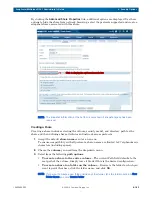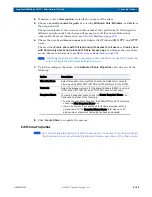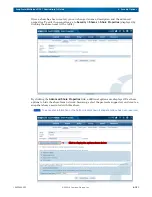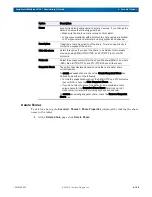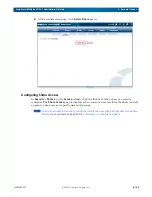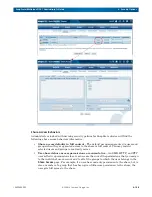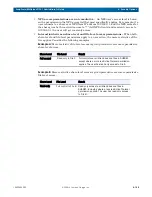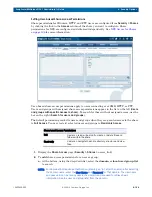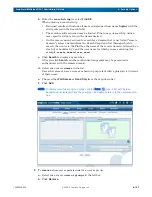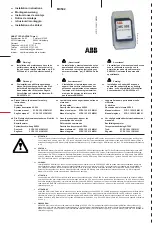
10400455-002
©2008-14 Overland Storage, Inc.
142
SnapScale/RAINcloudOS 4.1 Administrator’s Guide
6 - Security Options
•
•
•
•
Security Considerations
SnapScale cluster default security configuration provides one share to the entire volume. All
network protocols for the share are enabled, and all users are granted read-write permission
to the share via the guest account. By default, the
guest
user is disabled in SMB but enabled
for HTTP and FTP.
Network clients can initially access the cluster using the guest account (where enabled), but if
you require a higher degree of control over individual access to the filesystem for these clients,
you must create local accounts (or use Windows Active Directory security for CIFS/SMB
clients).
Local users or groups are created using
Security > Local Users
or
Security > Local Groups
in
the Web Management Interface. Local users are also used for administrative access to the
cluster through the Web Management Interface, SSM, or the CLI through SSH.
A local user or group is one that is defined locally on a SnapScale cluster using the Web
Management Interface. The default users and groups listed below cannot be modified or
deleted.
•
admin
– The local user admin account is used to log into the Web Management
Interface. The default password for the admin account is also
admin
.
•
guest
– The local user guest account requires no password.
•
admingrp
– The Admin group account includes the default admin user account. Any
local user accounts created with admin rights are also automatically added to this
group.
Guidelines for Local Authentication
These password authentication guidelines are for both users and groups.
Duplicating Client Login Credentials for Local Users and Groups.
To simplify user access for
Windows Workgroup, duplicate their local client logon credentials on the SnapScale cluster by
creating local accounts on the cluster that match those used to log on to client workstations.
This strategy allows users to bypass the login procedure when accessing the cluster.
CAUTION:
This strategy applies only to local users. Do not use duplicate domain user credentials
if joined to an Active Directory domain.
Default Local Users and Groups.
Default users and groups
admin
,
guest
, and
admingrp
appear on the list of users or groups on the user or group management pages, but they cannot
be deleted or modified (although the admin password can be changed).
Changing Local UIDs or GIDs.
The SnapScale cluster automatically assigns and manages
UIDs and GIDs. Because you may need to assign a specific ID to a local user or group in order
to match your existing UID/GID assignments, the cluster makes these fields editable.
Password Policies.
To provide additional authentication security, set password character
requirements, password expiration dates, and lockout rules for local users.

